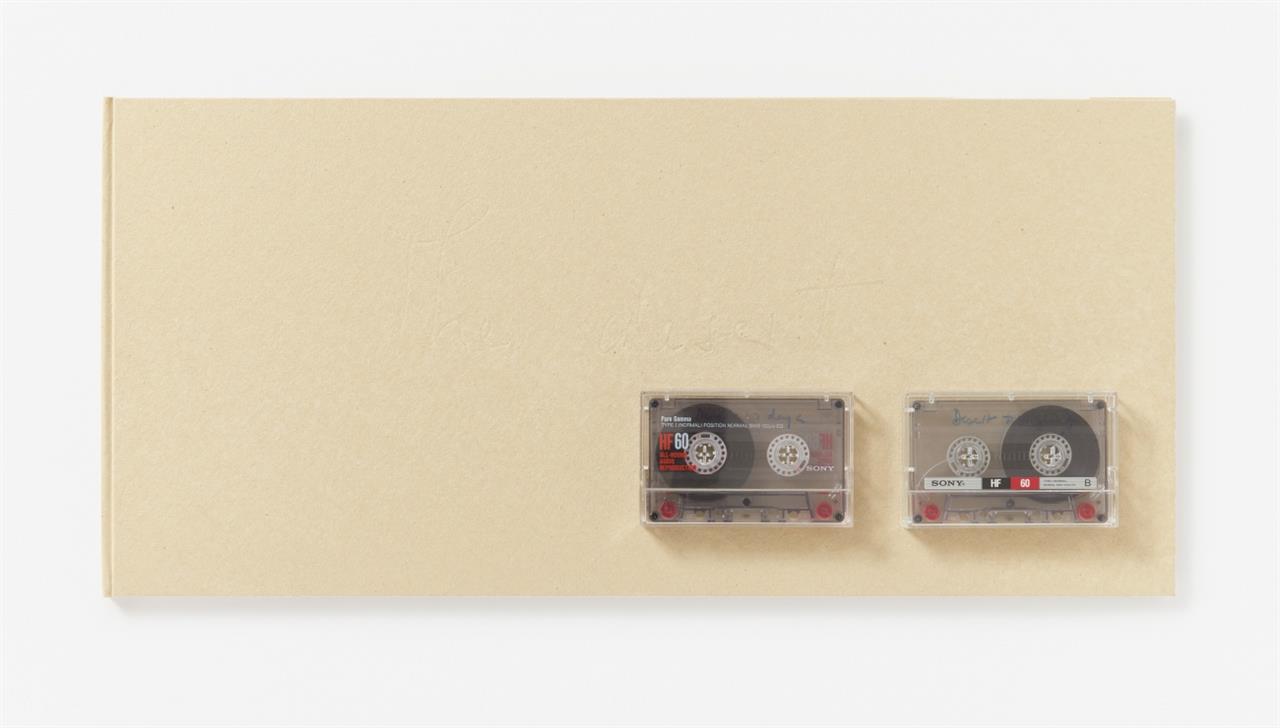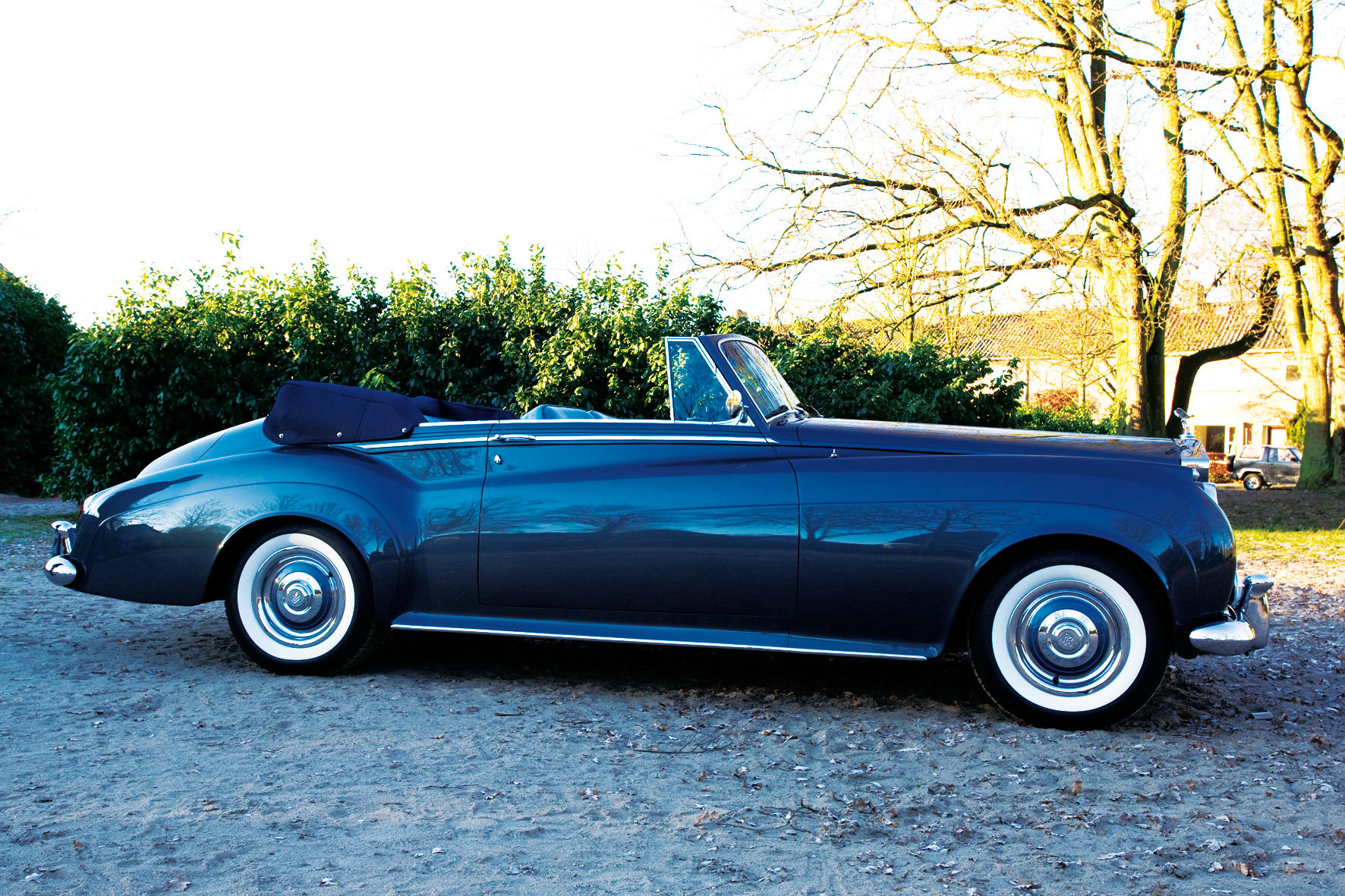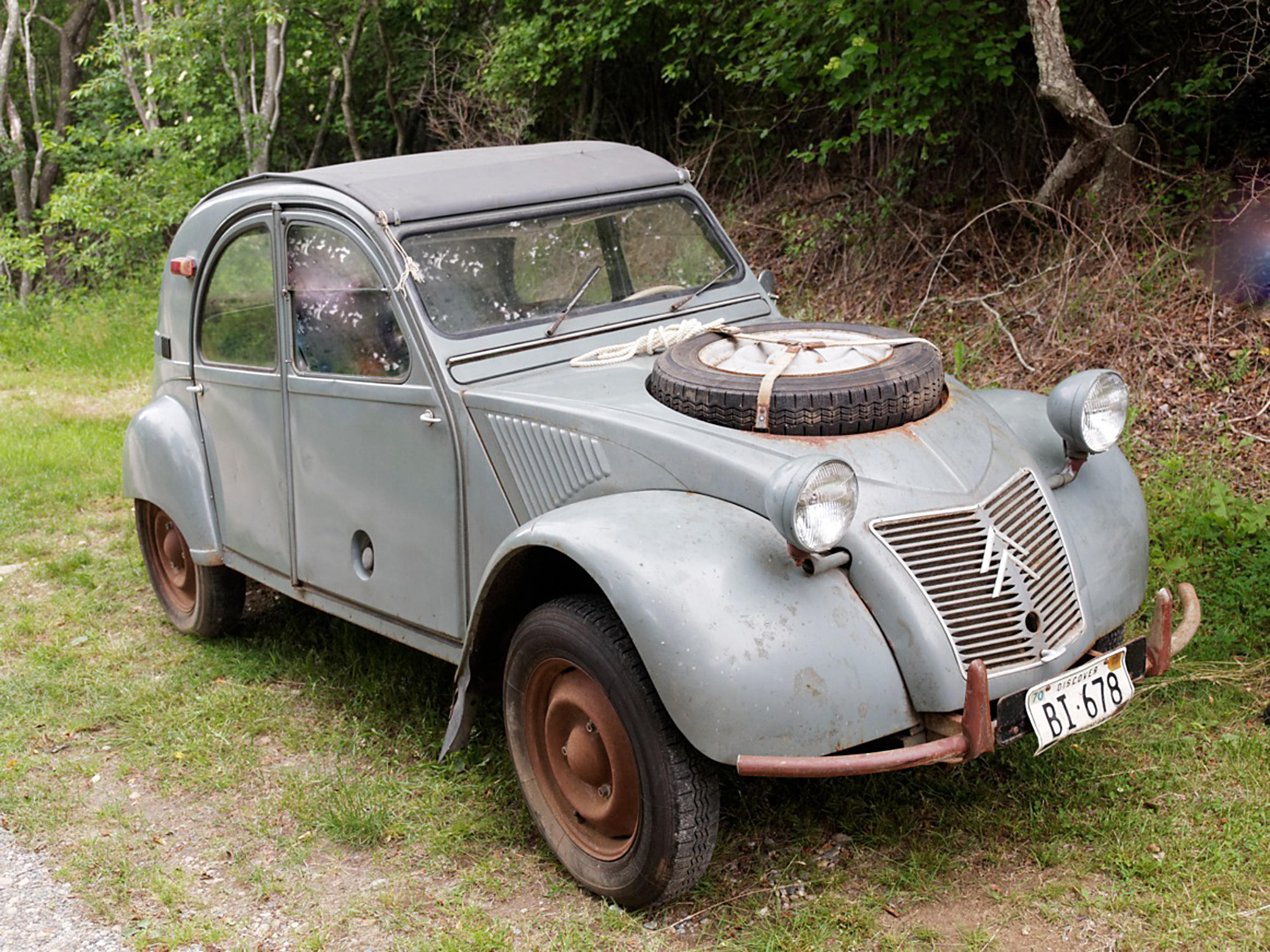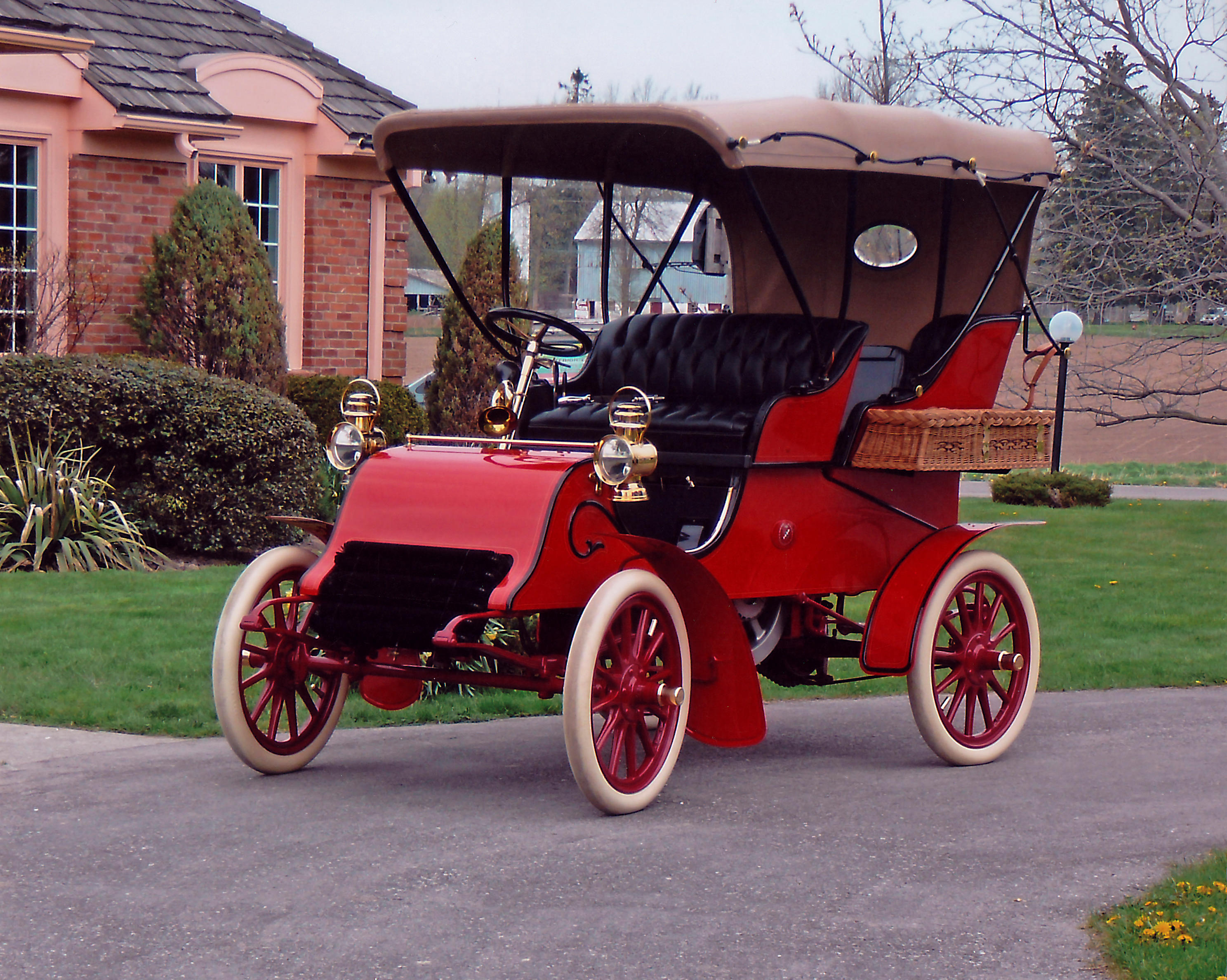Launched at the London Motor Show in 1958, the Aston Martin DB4 emphatically demonstrated that a British manufacturer could better the Italians at their own game when it came to constructing the ultimate Gran Turismo. Classically proportioned and instantly recognisable from the moment of its introduction, the Touring-styled DB4 established a look that would survive, with only minor revisions, until 1970. ‘Following in the classic tradition of close-coupled sports saloons, the 3.7-litre DB4 Aston Martin carries orthodox modernity to its highest pitch. A luxurious two-seat saloon which can carry four adults when necessary, it recorded almost 140mph as a two-way mean speed over the measured mile. Yet we were able to record acceleration figures from 10mph in the same gear ratio,’ reported The Motor magazine. That the DB4 was able to manifest this rare combination of unrestrained high performance and civilised docility was down to its magnificent engine. A new design by Tadek Marek, the DB4’s all-alloy, twin-overhead-camshaft six featured ‘square’ bore and stroke dimensions of 92mm for a displacement of 3,670cc and developed its maximum output of 240bhp at 5,500rpm. The David Brown gearbox was a new four-speed all-synchromesh unit. An immensely strong platform-type chassis replaced the DB2/4’s multi-tubular spaceframe, the latter being considered incompatible with Touring’s Superleggera body construction which employed its own lightweight tubular structure to support the aluminium-alloy body panels. The DB2/4’s trailing-link IFS gave way to unequal-length wishbones while at the rear the DB4 sported a live axle located by trailing links and a Watts linkage instead of its predecessor’s Panhard rod. The DB4’s peerless credentials as a Grand Routier were summed up thus by The Motor: ‘Performance, controllability and comfort have been combined in the Aston Martin DB4 to make it a highly desirable car: one in which long journeys can be completed very quickly indeed with the minimum of risk or discomfort and the maximum of pleasure.’ Sixth of the 149 Series 1 DB4s produced and the fourth left-hand drive example, chassis number ‘106/L’ comes with copy build sheet recording that it was delivered with fully chromed road wheels and over-riders fitted. The car was despatched new to Aston Martin concessionaire J S Inskip Incorporated of New York City, USA, a firm specialising in the supply of quality foreign makes to wealthy patrons, and was displayed in Inskip’s showroom and at the New York Motor Show in April 1959. Later that same year, on 28th August, it was sold to a Mr M Smilow of White Plains, NY, who had it serviced regularly by Inskip. The DB4 remained in the USA, and there are numerous invoices on file relating to work carried out there dating from 1974 to the late 1980s. By the mid-1990s the DB4 was owned by Belmont, California-based collector, Luther Gentry, who commissioned an extensive mechanical overhaul at Kevin Kay Restorations of Redding, CA. Bills on file show that most of this work was carried out during 1996 at a cost of around $30,000. In 2004 the Aston returned to Europe and was registered in France by its new owner, Jacques Mahul. Recognised Aston Martin specialists Garage Lamy of Villejuif, France then completed its restoration, including a repaint in Bordeaux Red, at a further cost of 40,000 euros (invoices available). The car was sold to the current owner in 2006. Offered with the aforementioned documentation, French Carte Grise Normale, Contrôle Technique and Expert/Historian Jean Pierre Cornu’s detailed valuation report, ‘106/L’ represents a wonderful opportunity to acquire a rare and historic Series 1 DB4, fully restored and presented in very good cosmetic and mechanical condition. Sixième voiture d’une série de 149 DB4 Série 1 et quatrième exemplaire à conduite à gauche, le châssis n° 106/L est accompagné d’une feuille de fabrication mentionnant qu’il fut livré avec des roues entièrement chromées et équipé d’extens
Launched at the London Motor Show in 1958, the Aston Martin DB4 emphatically demonstrated that a British manufacturer could better the Italians at their own game when it came to constructing the ultimate Gran Turismo. Classically proportioned and instantly recognisable from the moment of its introduction, the Touring-styled DB4 established a look that would survive, with only minor revisions, until 1970. ‘Following in the classic tradition of close-coupled sports saloons, the 3.7-litre DB4 Aston Martin carries orthodox modernity to its highest pitch. A luxurious two-seat saloon which can carry four adults when necessary, it recorded almost 140mph as a two-way mean speed over the measured mile. Yet we were able to record acceleration figures from 10mph in the same gear ratio,’ reported The Motor magazine. That the DB4 was able to manifest this rare combination of unrestrained high performance and civilised docility was down to its magnificent engine. A new design by Tadek Marek, the DB4’s all-alloy, twin-overhead-camshaft six featured ‘square’ bore and stroke dimensions of 92mm for a displacement of 3,670cc and developed its maximum output of 240bhp at 5,500rpm. The David Brown gearbox was a new four-speed all-synchromesh unit. An immensely strong platform-type chassis replaced the DB2/4’s multi-tubular spaceframe, the latter being considered incompatible with Touring’s Superleggera body construction which employed its own lightweight tubular structure to support the aluminium-alloy body panels. The DB2/4’s trailing-link IFS gave way to unequal-length wishbones while at the rear the DB4 sported a live axle located by trailing links and a Watts linkage instead of its predecessor’s Panhard rod. The DB4’s peerless credentials as a Grand Routier were summed up thus by The Motor: ‘Performance, controllability and comfort have been combined in the Aston Martin DB4 to make it a highly desirable car: one in which long journeys can be completed very quickly indeed with the minimum of risk or discomfort and the maximum of pleasure.’ Sixth of the 149 Series 1 DB4s produced and the fourth left-hand drive example, chassis number ‘106/L’ comes with copy build sheet recording that it was delivered with fully chromed road wheels and over-riders fitted. The car was despatched new to Aston Martin concessionaire J S Inskip Incorporated of New York City, USA, a firm specialising in the supply of quality foreign makes to wealthy patrons, and was displayed in Inskip’s showroom and at the New York Motor Show in April 1959. Later that same year, on 28th August, it was sold to a Mr M Smilow of White Plains, NY, who had it serviced regularly by Inskip. The DB4 remained in the USA, and there are numerous invoices on file relating to work carried out there dating from 1974 to the late 1980s. By the mid-1990s the DB4 was owned by Belmont, California-based collector, Luther Gentry, who commissioned an extensive mechanical overhaul at Kevin Kay Restorations of Redding, CA. Bills on file show that most of this work was carried out during 1996 at a cost of around $30,000. In 2004 the Aston returned to Europe and was registered in France by its new owner, Jacques Mahul. Recognised Aston Martin specialists Garage Lamy of Villejuif, France then completed its restoration, including a repaint in Bordeaux Red, at a further cost of 40,000 euros (invoices available). The car was sold to the current owner in 2006. Offered with the aforementioned documentation, French Carte Grise Normale, Contrôle Technique and Expert/Historian Jean Pierre Cornu’s detailed valuation report, ‘106/L’ represents a wonderful opportunity to acquire a rare and historic Series 1 DB4, fully restored and presented in very good cosmetic and mechanical condition. Sixième voiture d’une série de 149 DB4 Série 1 et quatrième exemplaire à conduite à gauche, le châssis n° 106/L est accompagné d’une feuille de fabrication mentionnant qu’il fut livré avec des roues entièrement chromées et équipé d’extens















Testen Sie LotSearch und seine Premium-Features 7 Tage - ohne Kosten!
Lassen Sie sich automatisch über neue Objekte in kommenden Auktionen benachrichtigen.
Suchauftrag anlegen